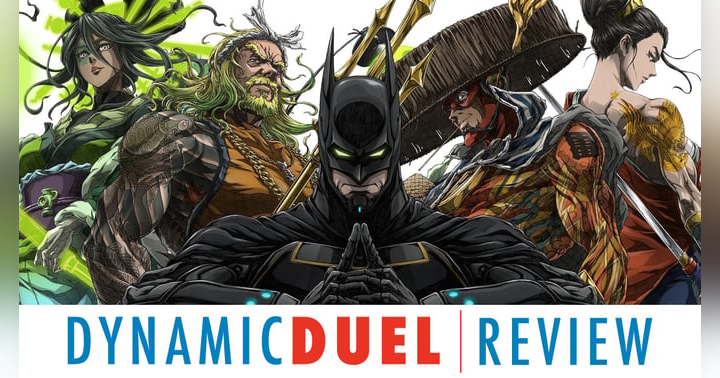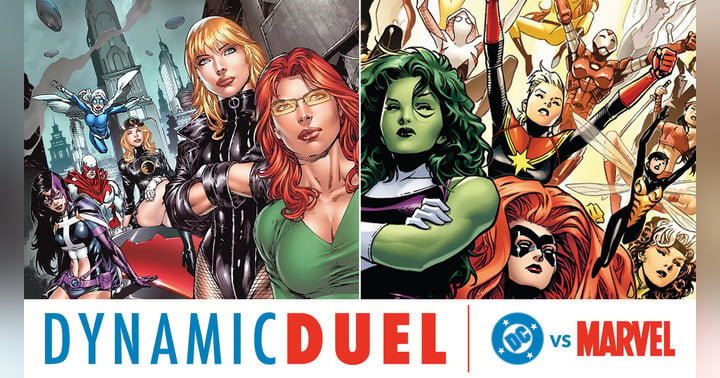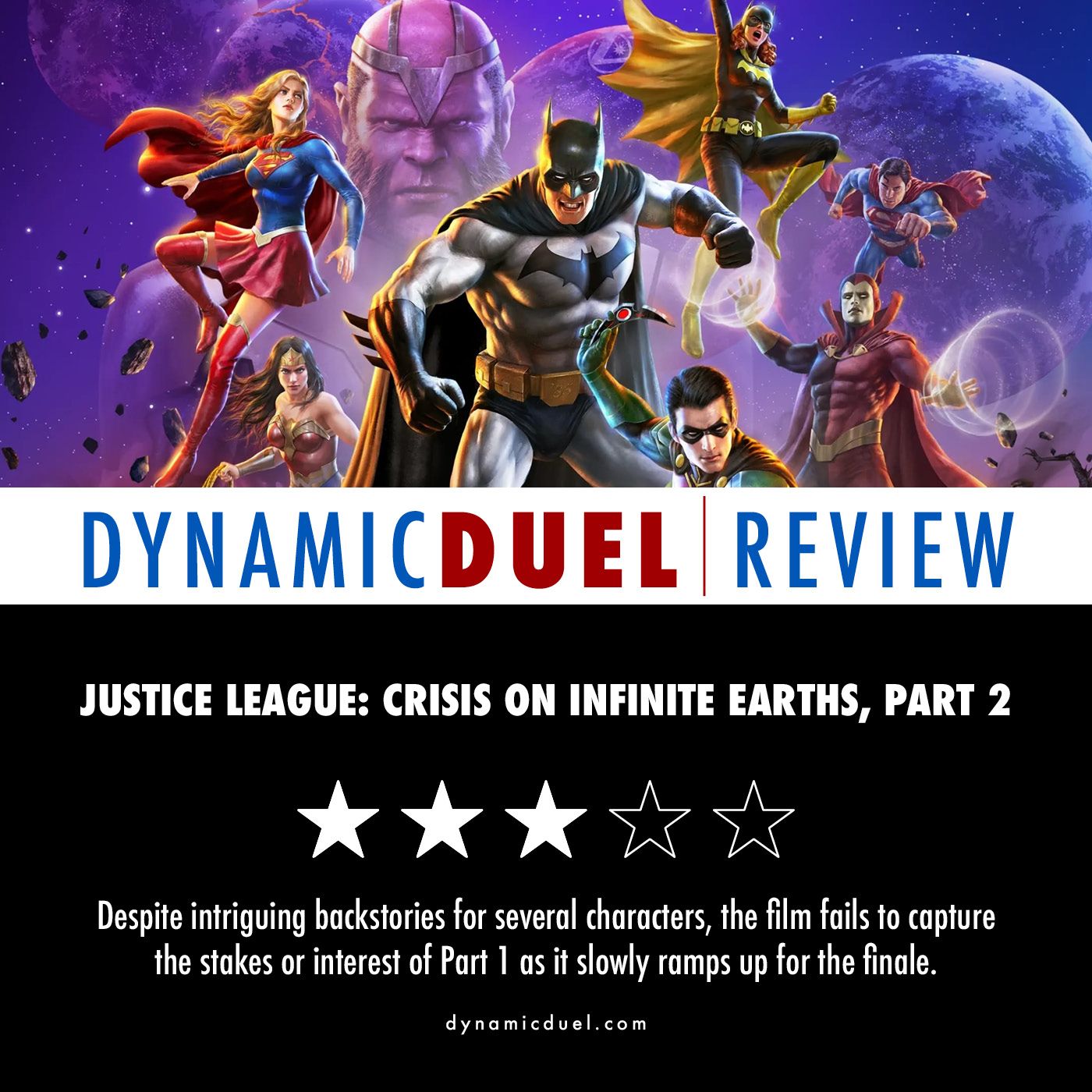Justice League: Crisis on Infinite Earths Part 2 – A Flawed Middle Chapter

A Stepping Stone to the Finale
The second installment of the three-part animated film trilogy, Justice League: Crisis on Infinite Earths Part 2, continues the multiversal saga that began with Part 1. Serving as the conclusion to the Tomorrowverse, this film should have carried the weight of an epic second act, escalating the stakes for an explosive finale. However, instead of ramping up excitement, it struggles under the weight of its expansive cast and non-linear storytelling, making it feel more like a stepping stone than a thrilling standalone entry.
The Crisis Struggles with Narrative Focus
One of the most striking elements of Part 2 is its decision to focus heavily on individual character arcs rather than the overarching multiversal crisis. Supergirl, the Monitor, and Psycho Pirate emerge as the most intriguing characters in the film, but their development comes at the expense of the wider Justice League cast. Unlike Part 1, which followed a compelling narrative through The Flash’s perspective, Part 2 jumps between different characters and universes, creating a disjointed experience.
While the emotional depth given to Supergirl’s story is commendable, other major characters like Batman feel largely unnecessary to the film’s central conflict. The film attempts to weave multiple narratives together but falls short in balancing character moments with the impending cosmic disaster. This approach ultimately makes the movie feel less like an exciting second act and more like an intermission.
Psycho Pirate's Origin and the Strength of Character Studies
One of the stronger aspects of the film is its reinvention of Psycho Pirate, who is given a haunting backstory that adds layers to his villainy. Rather than using the traditional Medusa Mask, this version of Psycho Pirate is a metahuman empath whose powers developed from childhood trauma. His story, told through flashbacks, makes him one of the more engaging parts of the film.
The film also gives more insight into the Monitor, portraying him as a being learning to care about the multiverse through his relationship with Supergirl. His eventual demise at her hands is a tragic turn that, while thematically significant, lacks the emotional impact that the film seemed to be aiming for.
A Lack of High Stakes
Despite the literal destruction of entire universes, the film fails to generate the necessary tension and urgency. The antimatter waves, while visually imposing, don’t create the same sense of dread seen in past DC animated films like Justice League Dark: Apokolips War. When worlds are destroyed, the impact feels muted, especially when the audience is reminded that countless other universes still exist.
Additionally, Batman’s subplot involving the Bat-Family from various worlds feels unnecessary. Rather than developing meaningful relationships, the film portrays Batman as an isolated figure who refuses to accept help. This not only feels inconsistent with the theme of teamwork in the larger story but also wastes opportunities to showcase some of DC’s most beloved characters.
A Climax That Lacks Impact
Perhaps the most frustrating part of the film is its ending. Supergirl, manipulated by Psycho Pirate, kills the Monitor in a moment that should have been a major turning point. Instead, the moment lacks proper build-up and leaves little time for reflection before the Anti-Monitor appears and charges up an energy blast to close out the film. As cliffhangers go, this one falls flat, leaving the audience with more confusion than anticipation.
While the Tomorrowverse has had its fair share of highs and lows, Part 2 doesn’t capitalize on the promise of Part 1. With one film left to conclude the trilogy, fans can only hope that the final chapter will bring a stronger narrative focus and a more satisfying payoff to DC’s ambitious animated multiverse story.
Listen to the full episode here: Justice League: Crisis on Infinite Earths Part 2 Review.
















